Carscoops | Newsletter |  |
- Bentley Continental GT Shows Its Prowess On The Autobahn, Hits 216 MPH
- Hyundai Previews Supernal eVTOL Electric Air Mobility Solution For 2028
- USPS’s New Stamp Collection Celebrates Five Classic Pony Cars
- Now You Can Get Your Own Driftable Hoonicorn For Just $395.99
- Australian Crash Tests To Require Windows That Can Be Opened Underwater
- Maserati GranTurismo Folgore Is Shaping Up To Be A Stylish EV With More Than 1,000 HP
- A Wiring Harness In Some 2020 Mercedes GLCs Could Be Eaten Away By Driveshaft
- New Details Come To Light In Cruise Autonomous Vehicle Crash That Sent Passenger To Hospital
- 2023 Porsche Taycan Arrives With Updated User Interface, Spotify Integration And Wireless Android Auto
- Porsche Pushes Back Macan EV Launch By A Year To 2024
- VW Group Shakes Up American Leadership, Names Scott Keogh As Scout EV Brand’s CEO
- 2025 Audi SQ5 Flaunts Its New Design And Four-Tailpipe Exhaust System In First Photos
| Bentley Continental GT Shows Its Prowess On The Autobahn, Hits 216 MPH Posted: 19 Jul 2022 06:34 PM PDT 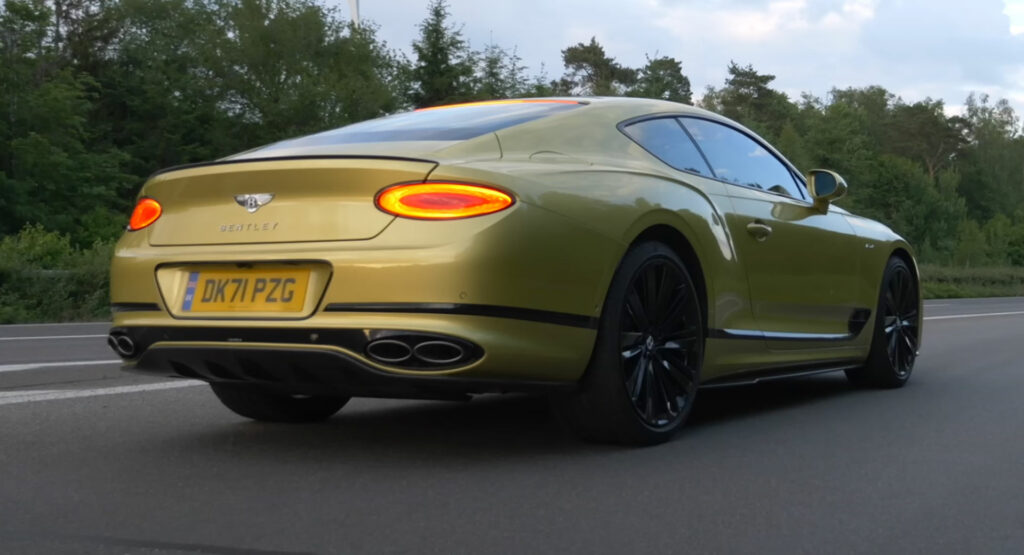 Few cars manufacturers are able to combine luxury and performance as well as Bentley and this is no more evident than with the Continental GT Speed.
Introduced last year, the Continental GT Speed is outfitted with a 6.0-liter twin-turbocharged W12 engine that pumps out 626 hp and 664 lb-ft (900 Nm) of torque. Those are serious figures and come in handy in a vehicle like this. After all, the Continental GT Speed is no lightweight sports car or supercar and actually tips the scales at over 5,000 lbs (2,267 kg). Read Also: Bentley Sold 14,659 Vehicles In 2021, A New Company Record Bentley's official claim is that the Continental GT Speed can sprint through to a top speed of 208 mph (335 km/h). Eager to put that claim to the test, AutoTopL jumped behind the wheel of a striking yellow Continental GT Speed and hit the Autobahn, as well as some roads near the unrestricted sections of the motorway. It discovered that Bentley may be understating just how fast the car is. With the throttle pinned, the car in its Sport driving mode and an open stretch of Autobahn, the driver was able to push it through to an indicated top speed of 347 km/h (216 mph) in 7th gear. Importantly, this figure was from the digital speedometer and not verified by a GPS-timing device so it was likely reading a little high. Nevertheless, there's no denying the fact that the Continental GT Speed is a serious performer that can hang with some supercars in a straight line.
|
| Hyundai Previews Supernal eVTOL Electric Air Mobility Solution For 2028 Posted: 19 Jul 2022 06:02 PM PDT 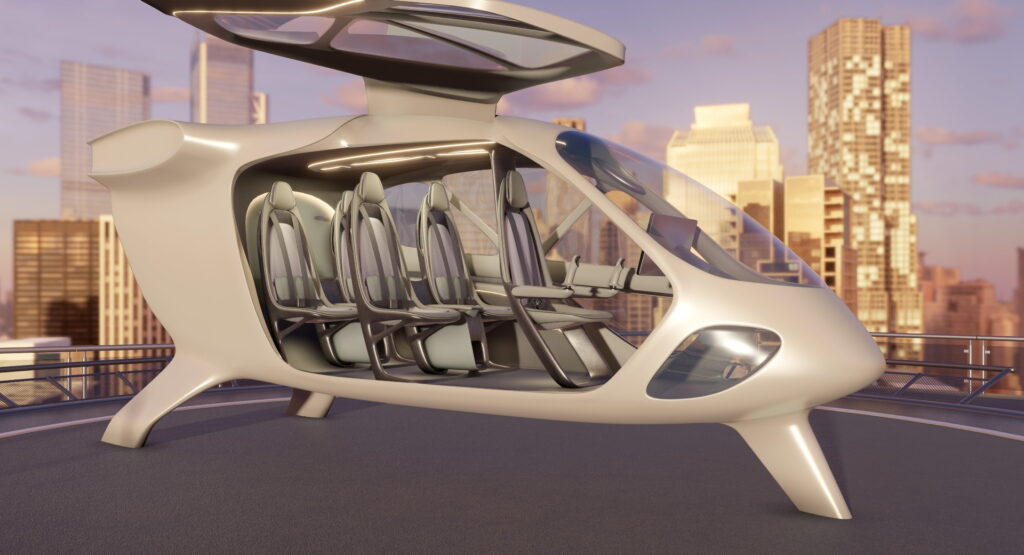 Supernal, the air mobility company of the Hyundai Motor Group, presented the cabin concept of the eVTOL, a fully electric aircraft designed for intra-city passenger journeys that’s scheduled to start commercial flights in the US in 2028.
The Supernal eVTOL cabin concept was showcased at the 2022 Farnborough International Airshow, previewing the upcoming passenger aircraft. The five-seater cabin was created by Hyundai’s automotive designers, taking inspiration from the “biomimicry philosophy” and more specifically butterflies. See Also: Suzuki Signs Deal With SkyDrive To Develop Electric Flying Cars The concept looks like the main shuttle of a helicopter, coming with an aerodynamic silhouette, two large butterfly doors on the sides and organic-shaped windows. Still, this is a cabin concept so the exterior design is yet to be finalized and has been created for demonstration purposes. Inside, the five seats are arranged in a 1+2+2 configuration, with the pilot’s chair having integrated joysticks. The passenger seats have comfortable cushions, seatbelts, and a mount for smartphones at the seatbacks which doubles as a clothes hanger. The deployable center consoles between the seats have some controls and a touchscreen, while a larger screen is mounted at the back of the pilot’s seat. Finally, the roof has an ambient lighting structure, designed for light therapy. Important factors in the development are a human-centric approach to design, the lightweight nature of the vehicle, sustainability, plus safety and comfort similar to a conventional automobile. The structure is made of forged carbon fiber and the seat frames are made of excess raw material from the manufacturing process. Other materials used include advanced recyclable carbon fiber reinforced thermoplastic, plant-based leather, recycled plastic fabric, and responsibly-sourced woods. Hyundai Motor Group is working with more than 50 affiliate companies in the automobiles, automotive parts, construction, robotics and autonomous driving sectors, in order to set up a supply chain for the aircraft development and production. Shortly after the debut of the Supernal eVTOL, Rolls-Royce and Hyundai Motor Group signed a Memorandum of Understanding with the goal of bringing all-electric propulsion and hydrogen fuel cell technology to the Advanced Air Mobility (AAM) Market. The first aircraft with jointly developed electric fuel cell technology will be demonstrated by 2025. Hyundai wants to certify the Supernal eVTOL for commercial use starting from 2028 in the United States, with Europe and the UK following shortly after. Besides the battery-powered aircraft for the Urban Air Mobility (UAM) market, the company is also working on a hydrogen-powered mid-sized aircraft for the Regional Air Mobility (RAM) market that will be able to transport cargo and passengers from city to city starting from the 2030s in Korea. Hyundai didn’t mention target pricing for its aircraft but said that the scale of the manufacturing process will result in an increasingly affordable price point over the coming decades. |
| USPS’s New Stamp Collection Celebrates Five Classic Pony Cars Posted: 19 Jul 2022 06:00 PM PDT 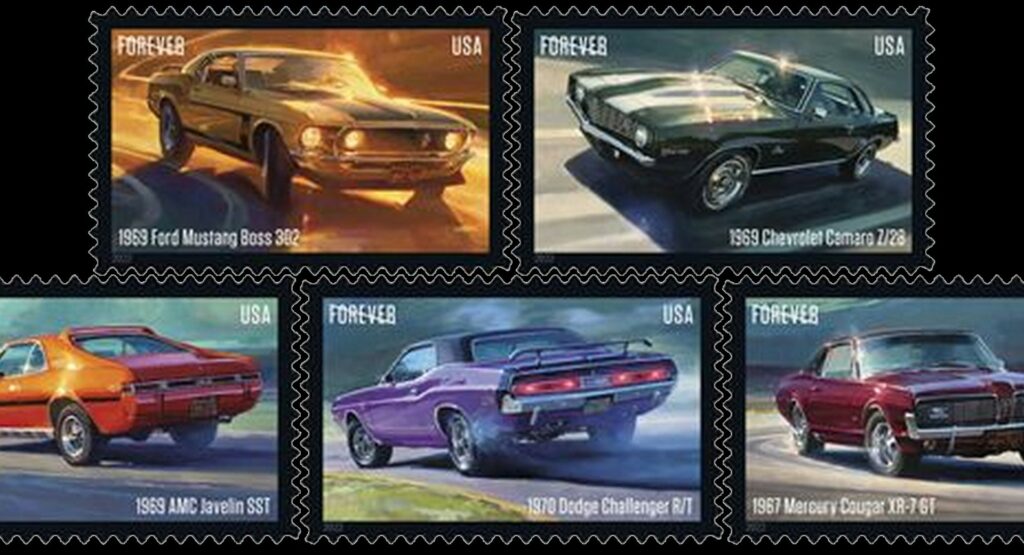 It’s a rare day when we cover stamps here at Carscoops so mark this one on your calendars. Next month, the United States Postal Service will begin selling five brand new stamps with classic American pony cars on them. Each one will only cost 60 cents and there are some real beauties in the group.
Philatelists (people who collect or study stamps) know that the USPS is in the habit of offering limited-run stamps like these. Oftentimes though the themes are a little less niche and a little more wide-reaching. Snail mail might not be anywhere near as popular as it was in the past but these stamps are sure to draw some attention just like the cars emblazoned on them did – and still do. Included in the collection are some of the most famous pony cars ever made. The oldest is the 1967 Mercury Cougar XR-7 GT. That car alone might be worth the limited run as less than 500 were ever made and instead of the small block found in Mustang GTs of the time, the Cougar XR-7 GT had a big block for more power. Read More: The US Postal Service Has A Bentley Bentayga And It's Up For Auction In addition to the Mercury, a trio from 1969 are on the list. That includes the Chevrolet Camaro, the Ford Mustang Boss 302, and the AMC Javelin SST. Finally, the 1970 Dodge Challenger R/T is the youngest one in the group. This isn’t the first time that the USPS has issued classic car postage stamps either. Back in 2013, it released a different set with five cars in 20-stamp sheets. Included in that release were the 1966 Pontiac GTO, the 1967 Shelby GT500, the 1969 Dodge Charger Daytona, the 1970 Plymouth HEMI ‘Cuda, and the 1970 Chevrolet Chevelle SS. The Pony Car Commemorative Forever Stamps will go on sale on August 25th, 2022 at 11 a.m. as part of an event hosted by the Great American Stamp Show. The free event will take place at SAFE Credit Union Convention Center in Sacramento, California. Will these new stamps have you searching for a way to send a real letter? |
| Now You Can Get Your Own Driftable Hoonicorn For Just $395.99 Posted: 19 Jul 2022 05:29 PM PDT 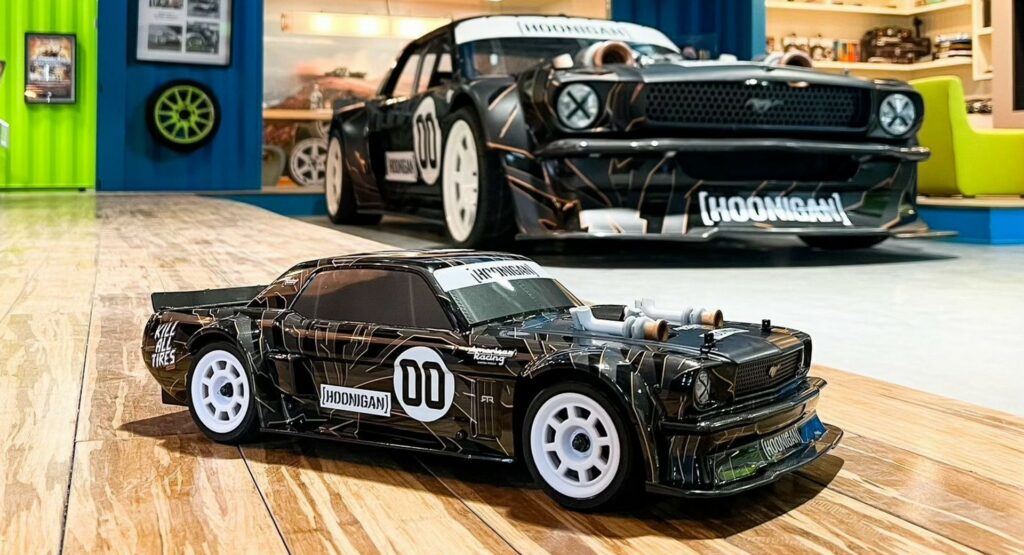 Every time a new Gymkhana video comes out with Ken Block behind the wheel of a monster 4WD rocketship it’s tough not to imagine how cool it would feel to be that skilled behind the wheel of such a beast. Now, thanks to a partnership between Hoonigan and Team Associated, you can get behind the wheel of your very own Hoonicorn RC car for less than $400 – $395.99 to be precise.
This isn’t just any remote-controlled toy car though. The technology underneath this fully-licensed 1965 Ford Mustang body is built for serious speed, performance, and deft handling through the use of the included controller. For example, the Apex2 chassis that this RC car sits on features real metal ring and pinion gears at each differential for long-lasting durability. In addition, real oil-filled shocks help to soak up the undulating surface beneath the tires which provides consistent grip levels whether drifting or driving at higher speeds. Read More: Ken Block And Ram Trucks Tease New Version Of 1500 TRX Pickup A-arm fully independent suspension components allow each tire to adjust on its own as well. A fully-sealed center driveline keeps debris, dirt, and dust out of the system and a 2.5 mm thick plate protects the undercarriage from damage. A Reedy Sport 550 15-turn 3-slot brushed motor provides the thrust for all four wheels and buyers will need to add a battery or select the LiPo Combo which includes a Reedy 7.4V 2S battery. This 1/10th scale model even includes officially licensed American Racing VF503 wheels to complete the look of the real Hoonicorn Gymkhana car. Externally, it even shows off the same intake, turbochargers, brake rotors, and rear diffuser as the full-scale car. Each one of the cars will come with a Hoonigan “Burnyard” display in the box, but we’ll bet you’ll want to get some scale buildings to go along with it too. Take a quick look at the clip below and you’ll see why as some of the footage looks almost identical to real Gymkhana videos. |
| Australian Crash Tests To Require Windows That Can Be Opened Underwater Posted: 19 Jul 2022 05:00 PM PDT 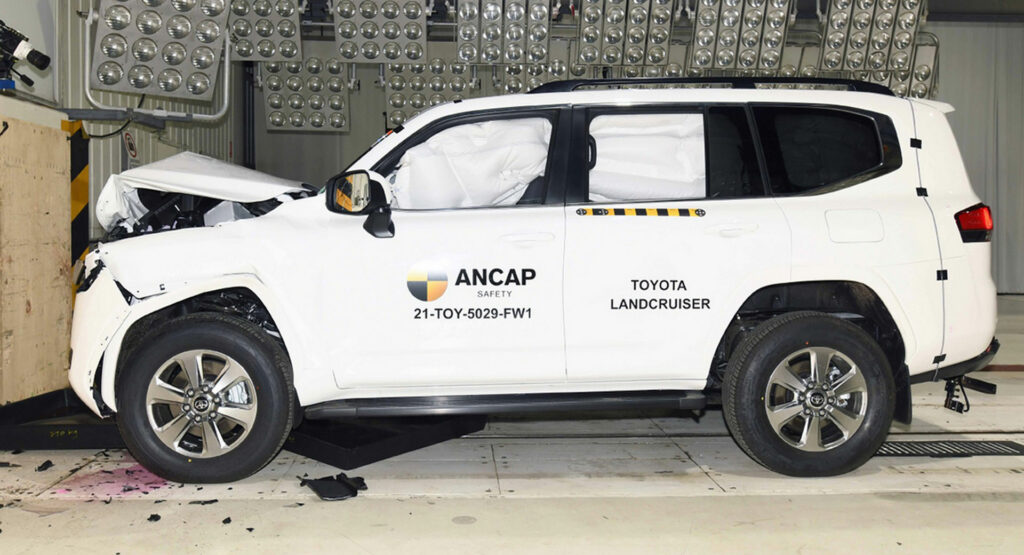 Changes to the Australiasian New Car Assessment Program (ANCAP) are in the works and will include floodwater testing.
The latest protocols for ANCAP come into effect from January 2023 and will encourage car manufacturers to fit vehicles with systems that allow windows and doors to remain functional even if a vehicle enters flood waters or a different body of water, Wheels reports. Requirements for certain vehicle functions to remain operational after a vehicle is submerged in a body of water are being introduced as part of an extension to ANCAP's post-crash rescue protocols. These are aimed at assisting first responders in rescuing occupants. Read Also: See The 2022 Toyota Land Cruiser 300 Crash Its Way To A 5-Star Safety Rating In Australasia The tests will require car manufacturer's to prove that a vehicle's doors can be opened from the inside and outside without power. It will also require car manufacturers to ensure windows can be operated for up to 10 minutes after a vehicle is submerged. Those companies that fail to meet these requirements will need to outline a method in the owner's manual about how to open or break a side window. "Post-crash response is a critical element in ensuring survivability. Submergence systems require the vehicle's electronic systems to remain operable once submerged, so that car doors and windows can be opened," ANCAP chief executive Carla Hoorweg described in a statement. "While it is important never to deliberately enter flood waters in your vehicle, recent flooding events have again reminded us that flooding can unexpectedly take a vehicle and its occupants." Other changes will be made to testing protocols from 2023. For example, child presence detection systems will be assessed. These systems monitor the rear seats and must notify the driver through audible or visual warnings if a child is detected to have been left in the vehicle. Wheels notes that new ANCAP procedures will also monitor how a vehicle's autonomous emergency braking and lane support systems detect and respond to motorcycles. |
| Maserati GranTurismo Folgore Is Shaping Up To Be A Stylish EV With More Than 1,000 HP Posted: 19 Jul 2022 04:31 PM PDT 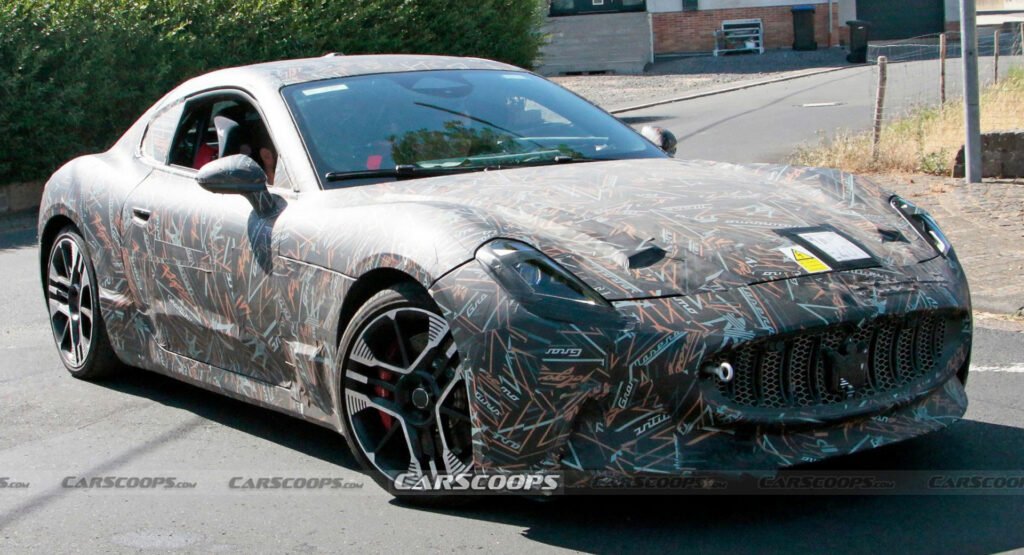 After years of missteps and broken promises, Maserati is righting the wrongs of the past and filling out their once stale lineup. We've already seen the fruits of their labor as the MC20 was introduced in 2020 and followed by the stunning MC20 Cielo roadster earlier this year. The company also unveiled their entry-level Grecale crossover in March, which is bound to increase sales. However, Maserati's resurrection is just getting underway as more models are on the horizon including a new GranTurismo. Previewed multiple times already, the coupe will become the "first car in Maserati history to adopt 100% electric solutions." Also Read: Maserati Shows Us More Of The New GranTurismo Folgore EV Set to debut next year, the GranTurismo Folgore is instantly recognizable and adopts Grecale-style headlights as well as a partially blocked off grille. They're joined by aerodynamically optimized wheels that are backed up by a beefy braking system with red calipers. Elsewhere, designers gave the GranTurismo a long hood and a more curvaceous design. Other highlights include muscular rear haunches, a pronounced diffuser, and MC20-inspired taillights. Maserati has previously said the car will be a "true icon for the brand" and feature "cutting-edge technical solutions, superb performance, comfort and elegance, all typical of the Trident [brand]." While that isn't much to go on, the GranTurismo Folgore is slated to have a tri-motor powertrain that produces more than 1,184 hp (883 kW / 1,200 PS). This promises to enable the coupe to rocket from 0-62 mph (0-100 km/h) in less than three seconds and hit a top speed in excess of 186 mph (300 km/h). Picture credits: CarPix for CarScoops |
| A Wiring Harness In Some 2020 Mercedes GLCs Could Be Eaten Away By Driveshaft Posted: 19 Jul 2022 03:59 PM PDT 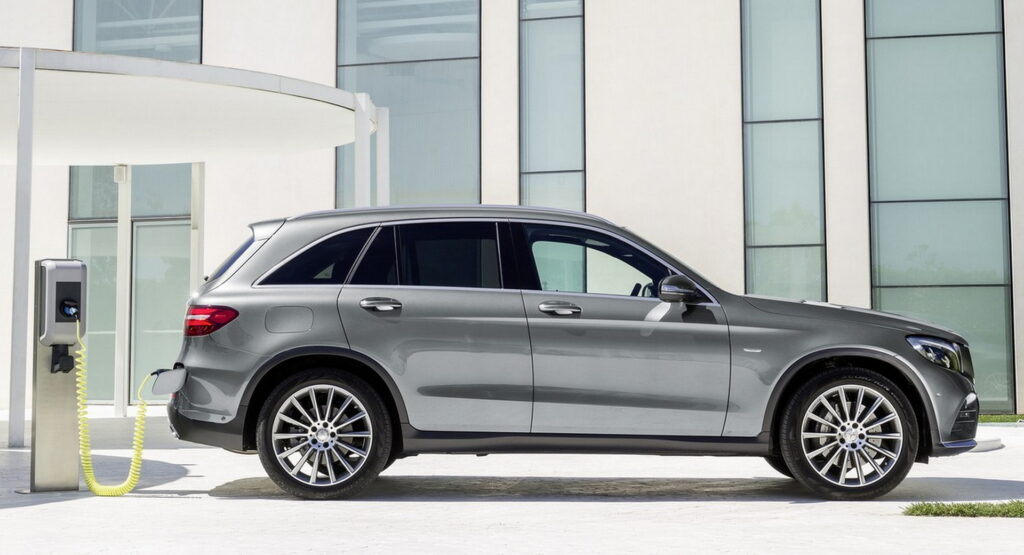 Mercedes will recall 1,168 units of the 2020 GLC 350es as a result of a defect in the routing of the transmission wiring harness. The automaker first became aware of an issue in September 2020, when a customer outside the U.S. complained that their vehicle lost power while driving. The company investigated, and found similar issues occurring at both GLC plants and in the E-Class. Since those occurred on different platforms and at different plants, Mercedes determined that the problem didn’t stem from an engineering error on its part, and it turned to the wiring harness supplier. Ultimately, it found that the transmission wiring harness was miss-positioned in certain vehicles. When that is the case, it can make contact with the front driveshaft. Over time, the chafing that occurs as a result of that contact could eat away at the wire and eventually lead to a loss of vehicle propulsion, which increases the risk of a crash. Read Also: 2023 Mercedes GLC SUV Teased, Promises 62+ Mile PHEV Electric Range Fortunately, there have been no reports of accidents or injuries as a result of this defect, but Mercedes determined on July 1 that a safety risk could not be ruled out and, therefore, launched this recall, which affects GLC 350es made between May 20, 2019, and May 27, 2020, all from the 2020 model year. The automaker will notify owners of the affected vehicles starting on September 9, 2022. They will be asked to bring their vehicles into an authorized Mercedes-Benz dealer, where its wiring harness will be checked and replaced, if necessary. New harnesses will be the correct length and will adhere to current production specifications, making them safer. The production processes for both the GLC 350e and the E-Class have also been updated since May 2021, so this should no longer be a problem in new vehicles. |
| New Details Come To Light In Cruise Autonomous Vehicle Crash That Sent Passenger To Hospital Posted: 19 Jul 2022 03:32 PM PDT 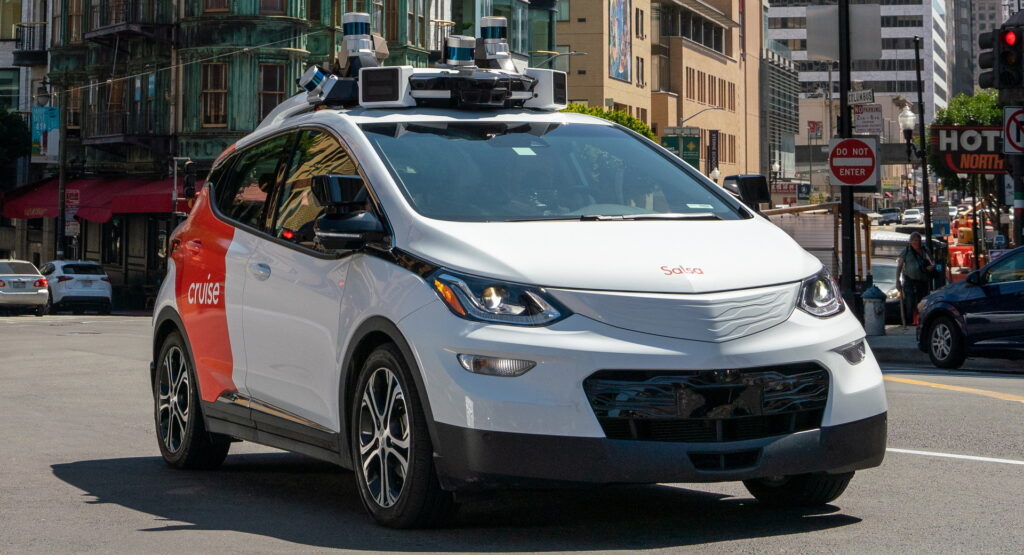 Just over a week ago we reported on a crash involving a Cruise autonomous vehicle in San Francisco. The NHTSA opened a special investigation into the incident and a state-level report seemed to describe it but there was no way to verify that the two were linked. Now we know that they are and we know a bit more about the still-open investigation into the crash that sent one Cruise passenger to the hospital.
According to a document filed with the California Department of Motor Vehicles, the crash took place at an intersection. As the Cruise began to make a left turn, an oncoming Toyota Prius was speeding, around 40 mph (64 km/h) in the 25 mph (40 km/h) speed zone. The Cruise tried to stop, and it might have even come to a complete stop, but either way, it impacted the rear driver’s side of the Toyota hybrid. Now, new information from the San Francisco Police Department gives us more insight into the incident. First reported by Autonews, the Police specifically say that not only is the crash still under investigation more than a month later, but that neither driver was cited or arrested after the crash took place. Read Also: Swarm Of Cruise Robotaxis Got Confused And Blocked Off A San Francisco Street That would certainly lend credence to the idea that the Prius driver wasn’t deemed “at fault” by the authorities on the scene. Of course, officials at Cruise seem to be flatly laying blame on that Prius driver. VP of Global Markets, Todd Brugger called out the speeding and said that the Cruise had stopped completely in a regulatory filing. It would be great to see that in on-board video footage but General Motors, an affiliate of Cruise, has declined to share that video. It’s just the latest concern for Cruise, which has had a number of high-profile events take place in recent months. In July alone, a group of the robotaxis blocked off an entire San Francisco street because of faulting programming, and then less than a week ago a whistleblower came out to say that the company had a “chaotic” safety culture. We’ll update this story as we get more details but it’s interesting to see that it’s not just Tesla with autonomous driving problems. |
| Posted: 19 Jul 2022 03:01 PM PDT 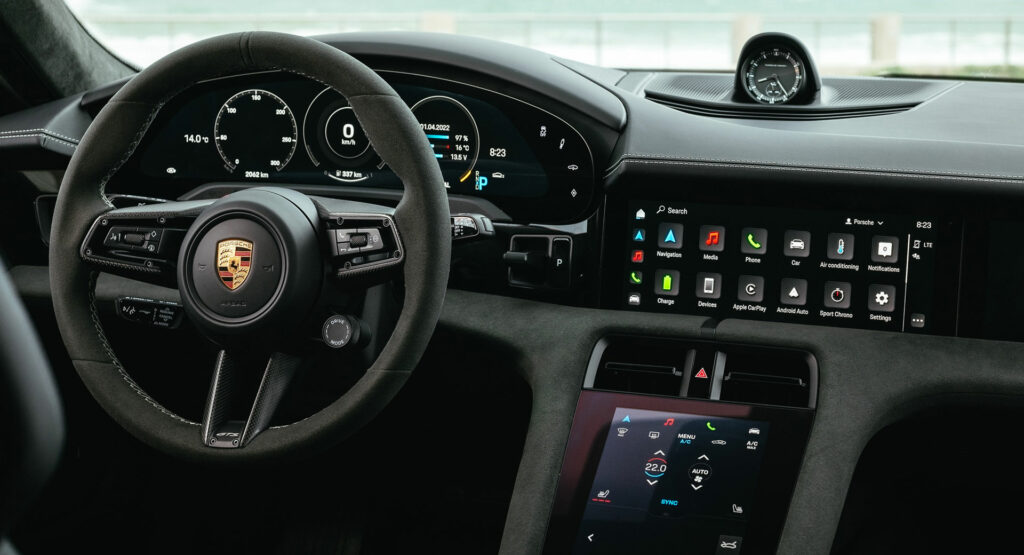 The Taycan jumpstarted Porsche's electric revolution and that journey continues with a handful of updates for the 2023 model year. Most of the changes are software related as buyers will find an updated Porsche Communication Management system with a revised user interface as well as a "colorful tile screen." Other updates include Spotify integration and support for wireless Android Auto. Rounding out the tech updates are a "revised HUD design" and a new feature to filter EV charging stations by power output. The latter will come in handy as it will enable owners to more easily find high-speed DC fast chargers. Also Read: Porsche Expands 2022 Taycan Range With New GTS And Sport Turismo The EV also benefits from a handful of powertrain updates as the "front motor de-energizes in Normal and Range modes on dual-motor Taycan variants for reduced parasitic load." Thermal management has also been improved as the battery can now precondition faster and to a higher temperature, ensuring "optimum charging curve performance even at higher SOC [state of charge]." Furthermore, recuperation settings are now retained when switching Drive modes and the all-wheel drive indicator on the dash now shows energy flows. On the hardware side of things, there are minor updates to wheel choices and expanded availability of Variable Light Control for the panoramic glass roof. The latter enables users to adjust the transparency of the roof with just a few taps. Lastly, customers can have their Taycan prepared for front and rear dashcams. The latter are available from Porsche Tequipment and feature vibration, radar, and GPS sensors as well as a lens with a polarization filter. While the hardware changes are exclusive to 2023 Taycans, the software updates will be available to 2020, 2021, and 2022 models in the "very near future." |
| Porsche Pushes Back Macan EV Launch By A Year To 2024 Posted: 19 Jul 2022 02:29 PM PDT 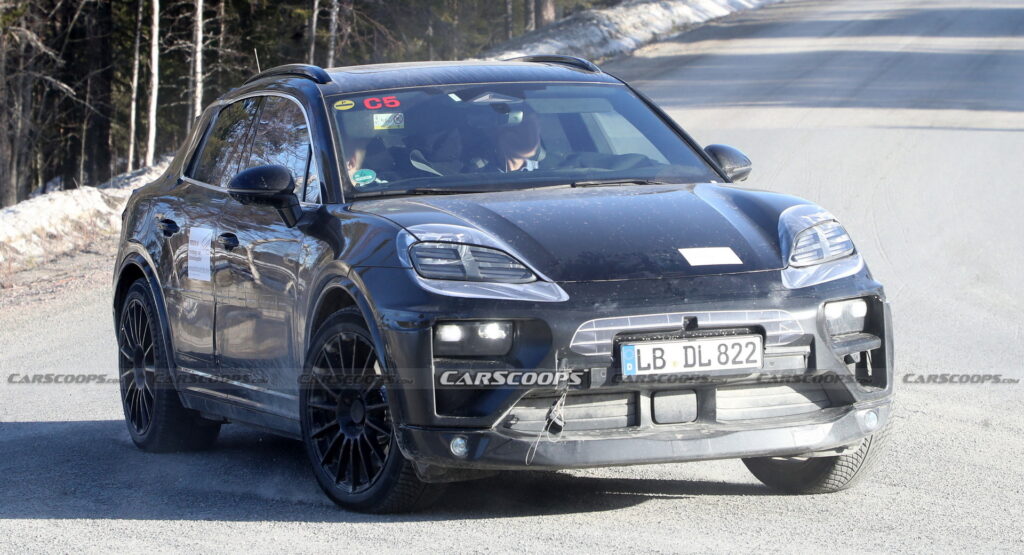 Porsche has postponed the launch of the electric Macan by one year. Confirmation comes from CEO Oliver Blume, and follows on the heels of reports that the Volkswagen Group’s software company has been beset by delays.
“The market launch is in 2024,” Blume told Germany’s Automobilewoche of the electric Macan. Previously planned for 2023, we’ve already seen test versions of the SUV on public roads in a number of spy photo galleries, and even in official Porsche press releases. The delay appears to have little to do with the actual vehicle, though. “The hardware is great,” an unnamed Porsche executive was previously quoted as saying, “but the software is still missing.” Read More: VW Group's Software Woes Could Delay Several Audi, Porsche, And Bentley EVs In a report published last week, the Volkswagen Group’s software company, Cariad, was accused of being far behind in its development process, which was expected to have an impact on the development schedules of vehicles at Porsche, Audi, and Bentley, all of which will be sharing the PPE electric vehicle platform. Although Porsche has made the delay official, Audi has made no such comments about its upcoming Q6 e-tron. Also based on the PPE platform, the model may be affected by the software delays that have afflicted the Volkswagen Group lately. The delays will likely have far-reaching consequences for the development plans at all three of VW’s premium brands. Audi is expected to have to delay the launch of the first vehicles based on the Artemis technology platform in the middle part of the decade, while Bentley’s ambition to go all electric by 2030 may have been dashed. Back at Porsche, and in the nearer term, the delays will have an impact on more than just the electric Macan. It was long known that the internal combustion version of the model would be replaced by the EV, but that there would be an overlap period of around 18 months. That period of time will be measured from the market introduction of the electric Macan, no matter when that happens. The internal combustion Macan, then, will live on a little longer thanks to this delay in software development. Spy photo credit: Carpix for Carscoops |
| VW Group Shakes Up American Leadership, Names Scott Keogh As Scout EV Brand’s CEO Posted: 19 Jul 2022 02:01 PM PDT  Scott Keogh, the president and CEO of Volkswagen Group of America and the CEO of Volkswagen North American Region, will cede his positions in order to focus all of his efforts on launching the upcoming Scout brand.
The Volkswagen Group announced in May that it would be reviving the old International Scout brand in the U.S. Through it, VW plans to offer American customers rugged SUVs and pickup trucks. Before ascending to become the chief executive at Volkswagen USA, Keogh was the CEO of Audi USA. In both roles, he led his companies to profitability. At Audi, he was responsible for years of record sales for the brand and an increased presence in the North American market. Read Also: VW To Make Decision About Scout Production Site Later This Year At Scout, he will be tasked with developing and manufacturing a “true American” electric rugged SUV and pickup truck brand. It is part of a push that is intended to increase the Volkswagen Group’s combined market share by 100 percent. In the near term, Keogh will turn over his responsibilities to senior management at Volkswagen Group of America in order to focus entirely on the development of the Scout brand. On September 1, the company announced that Pablo Di Si will assume the CEO role for both Volkswagen Group of America and the Volkswagen brand in the North American region. Di Si is currently the executive chairman of Volkswagen South American Region where he has led the company’s return to profitability in the Latin American market. He was also behind the brand’s accelerating digitalization and cultural transformation efforts. “Scott Keogh and Pablo Di Si both have played key roles in turning around the businesses in their respective regions, North America and South America,” said Volkswagen Group CEO Herbert Diess and added: “In their future positions, they will be pivotal in helping the Group seize the historic market opportunities in the U.S., taking our growth strategy in the region to the next level.” Scout plans to have a concept vehicle ready to show by 2023 and its first model will go into production in 2026. The Volkswagen Group of America, meanwhile, plans to have 25 electric models on sale by 2030 with dedicated EV capabilities in engineering, R&D, assembly, and components production in the market. |
| 2025 Audi SQ5 Flaunts Its New Design And Four-Tailpipe Exhaust System In First Photos Posted: 19 Jul 2022 01:30 PM PDT 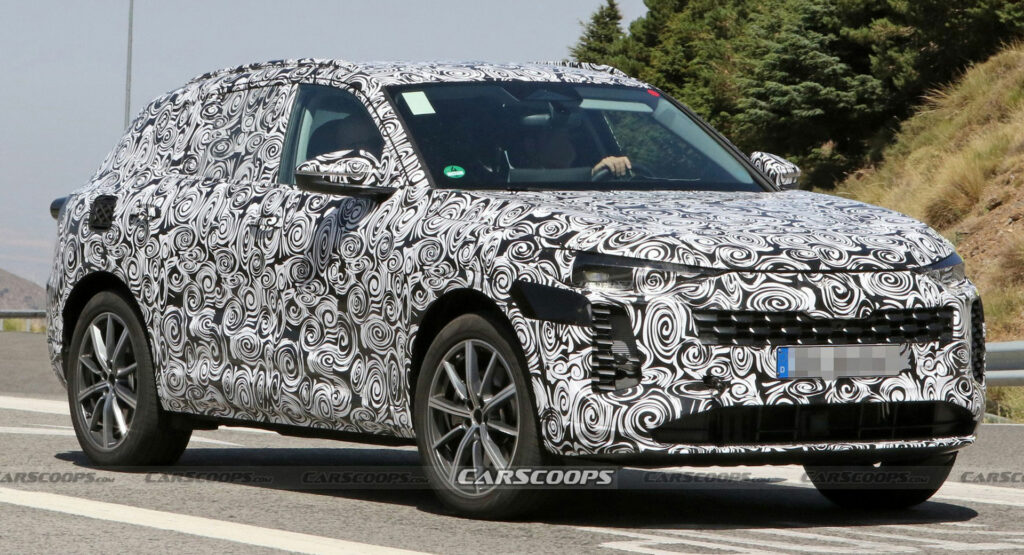 Spy photographers have snapped the redesigned Audi Q5 on a handful of occasions and now the hotter SQ5 has come out to play. Caught wearing extensive camouflage, the prototype has a sportier front fascia that appears to be shared with the standard model. It features a wide grille with three dimensional accents that form a mesh-like structure. Elsewhere, there are vertical intakes and sleeker headlights with a curvaceous design. They're joined by a lower intake, which is much larger than the one used on the current model. Also Read: 2025 Audi Q5 Spied Camouflaging Its Comprehensive Changes Moving further back, we can see streamlined bodywork and a more angular beltline. The rear end appears evolutionary, but this prototype is notable for featuring a four-tailpipe exhaust system that signifies it's an S variant. Spy photographers haven't gotten a look inside the redesigned Q5 yet, but the model is expected to follow in the footsteps of the upcoming A4. As a result, the crossover will likely come equipped with a freestanding digital instrument cluster and a tablet-like infotainment system. The latter is far larger than the current 10.1-inch display and it should be joined by slender air vents, a minimalist shifter, and a new steering wheel. Speaking of the A4, it's natural to assume the S4's V6 engine will be shared with the redesigned SQ5. Details are lacking, but the current crossover uses a turbocharged 3.0-liter six-cylinder that produces 349 hp (260 kW / 354 PS) and 369 lb-ft (500 Nm) of torque. This enables the model to accelerate from 0-60 mph (0-96 km/h) in 4.7 seconds, before hitting a top speed of up to 155 mph (250 km/h). While specifications for the new SQ5 remain a mystery, rumors have suggested the model could be equipped with a mild-hybrid system. We can also expect a performance boost with some suggesting the crossover could have up to 370 hp (276 kW / 375 PS). Of course, that number should be taken with a grain of salt and we'll learn more details in the future. Picture credit: CarPix for CarScoops |
| You are subscribed to email updates from news – Carscoops. To stop receiving these emails, you may unsubscribe now. | Email delivery powered by Google |
| Inbox too full? | |
| Google, 1600 Amphitheatre Parkway, Mountain View, CA 94043, United States | |
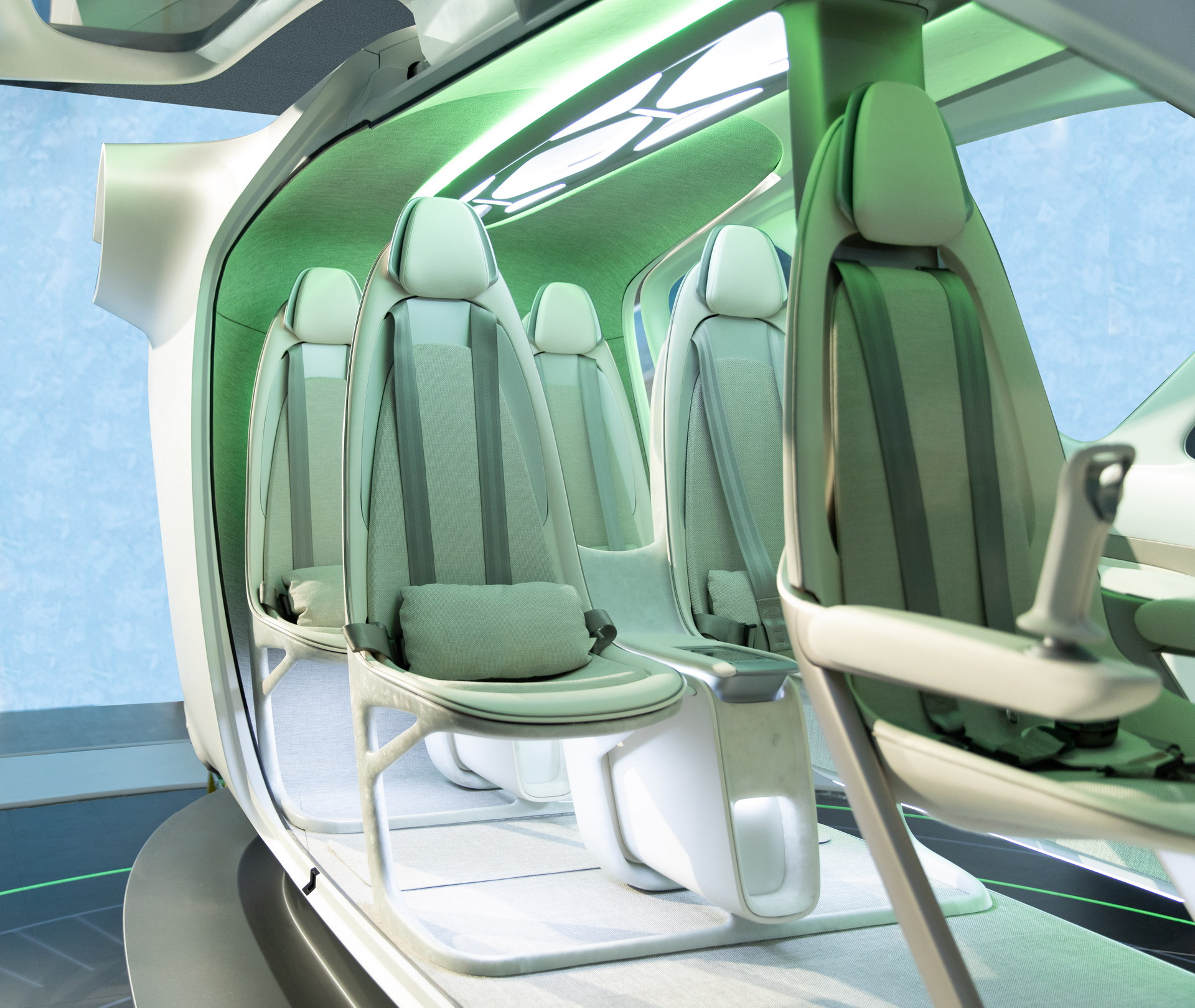
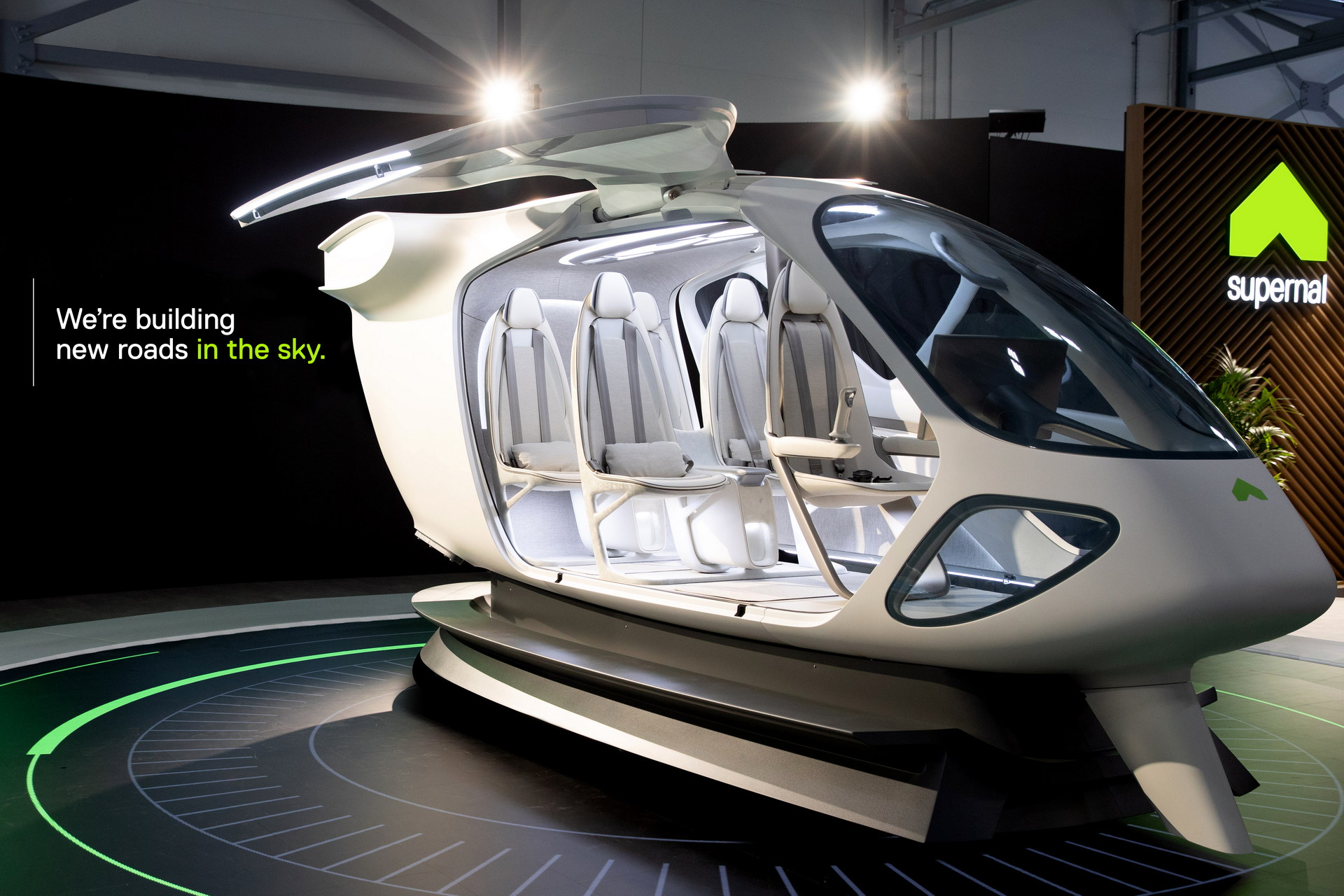












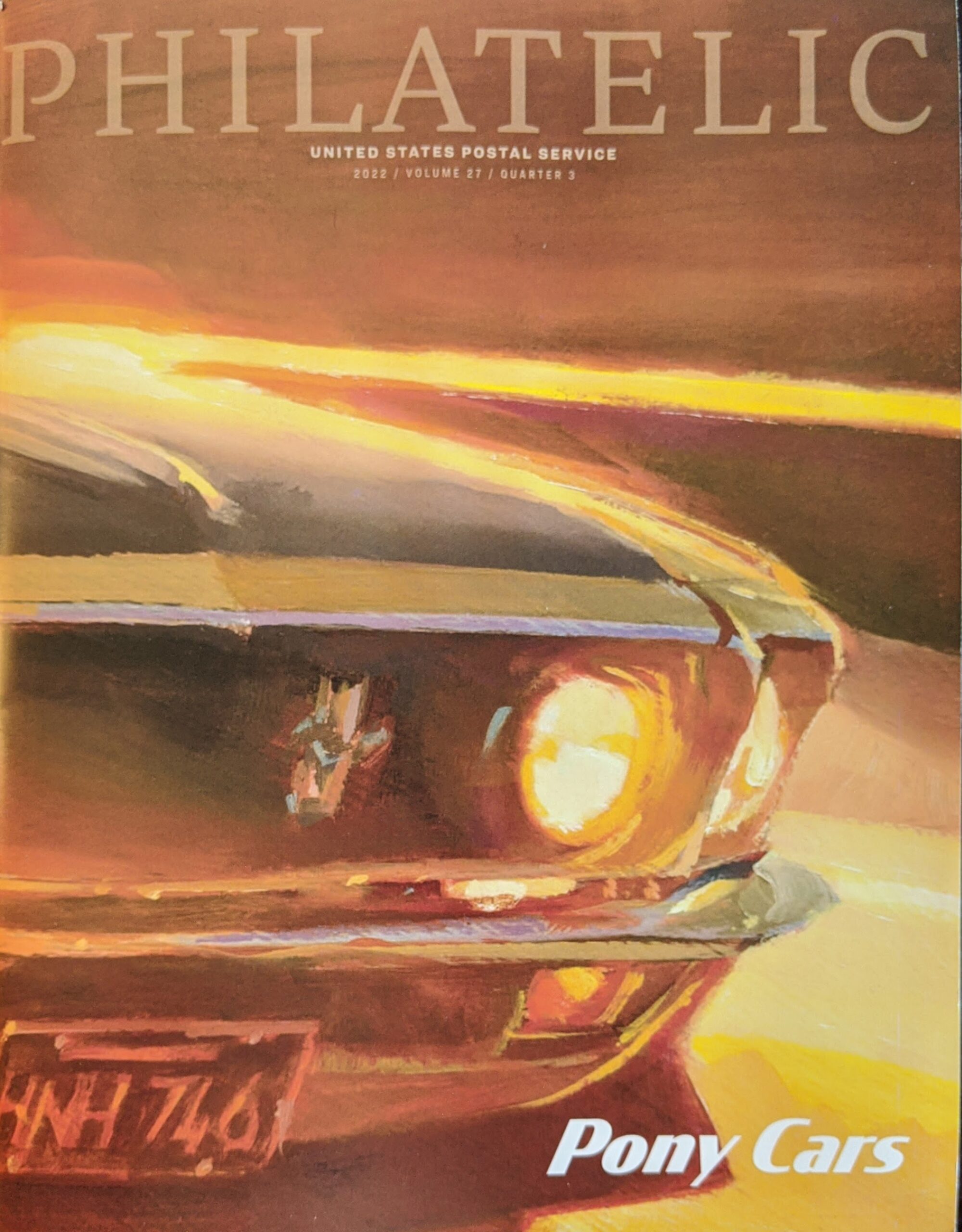

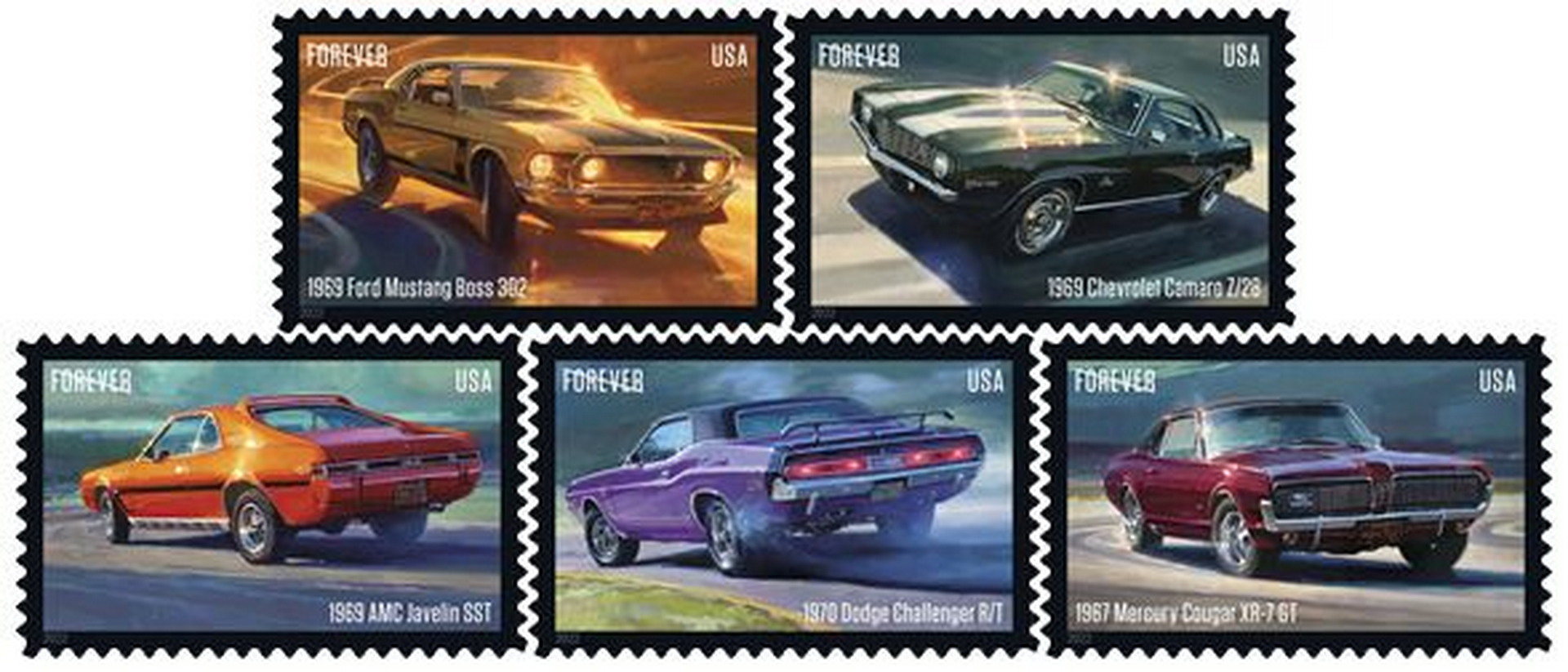
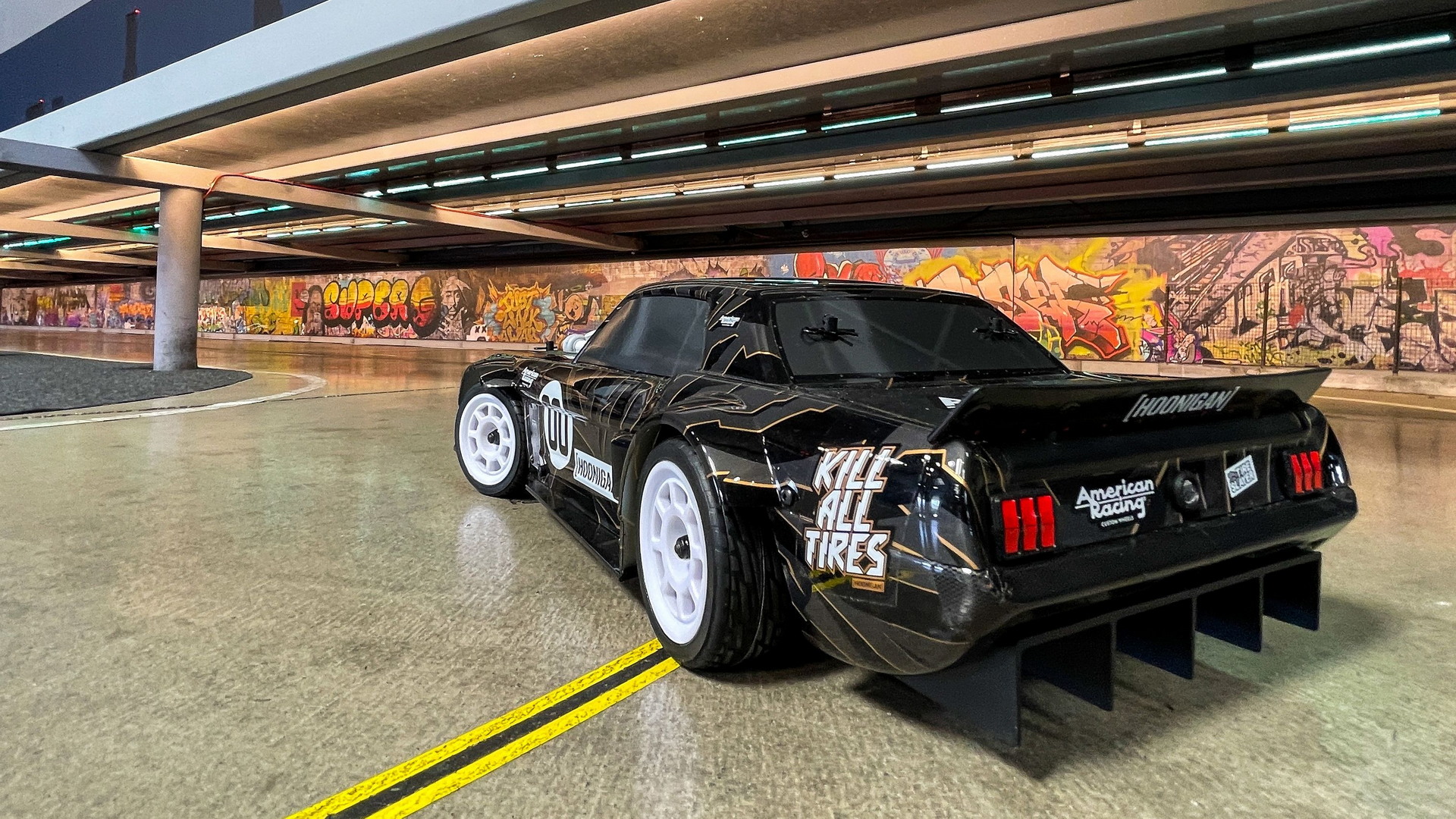








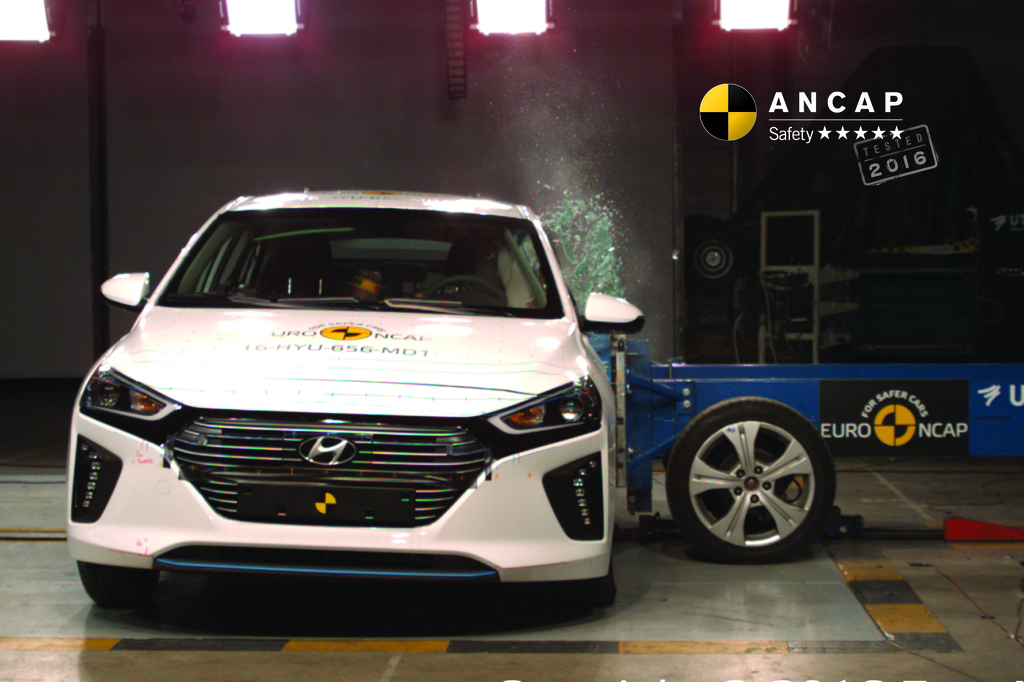
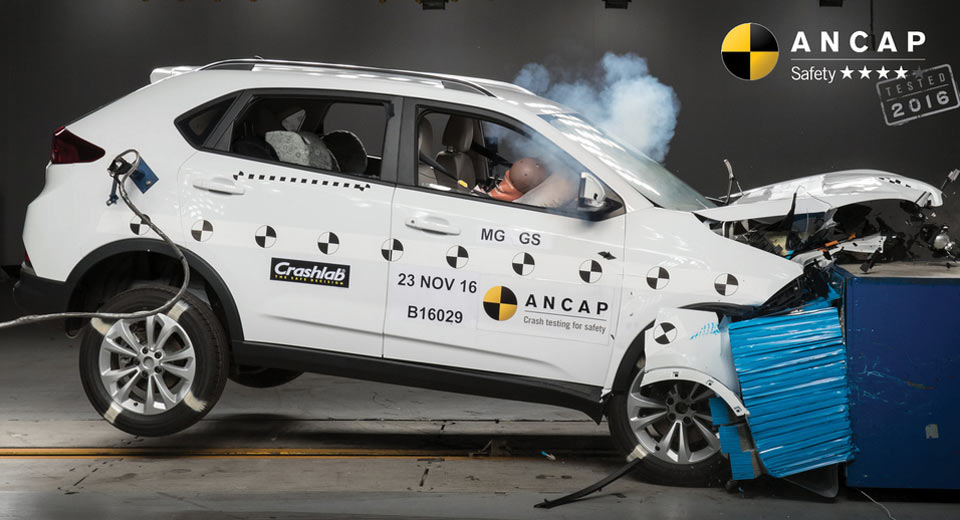
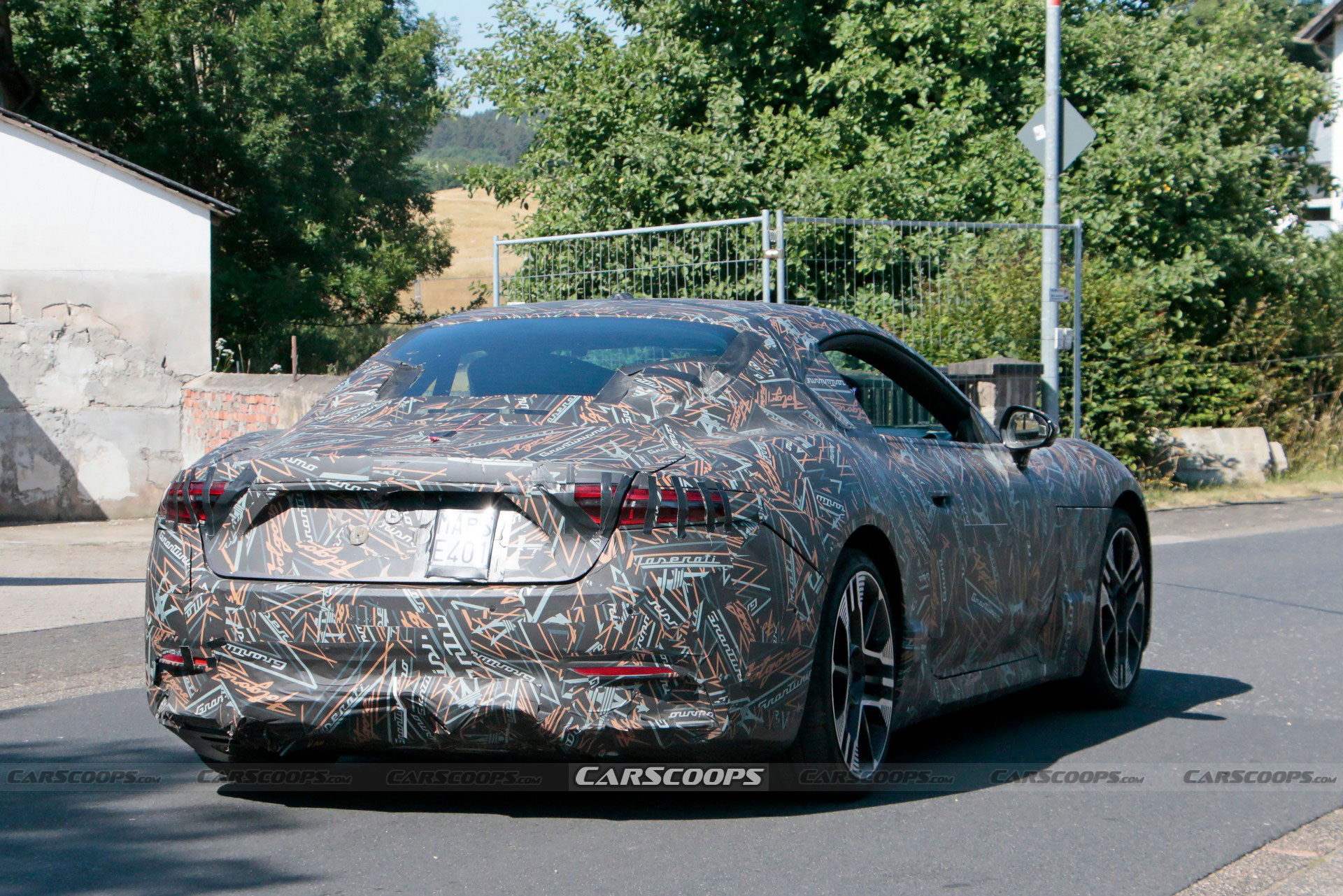



























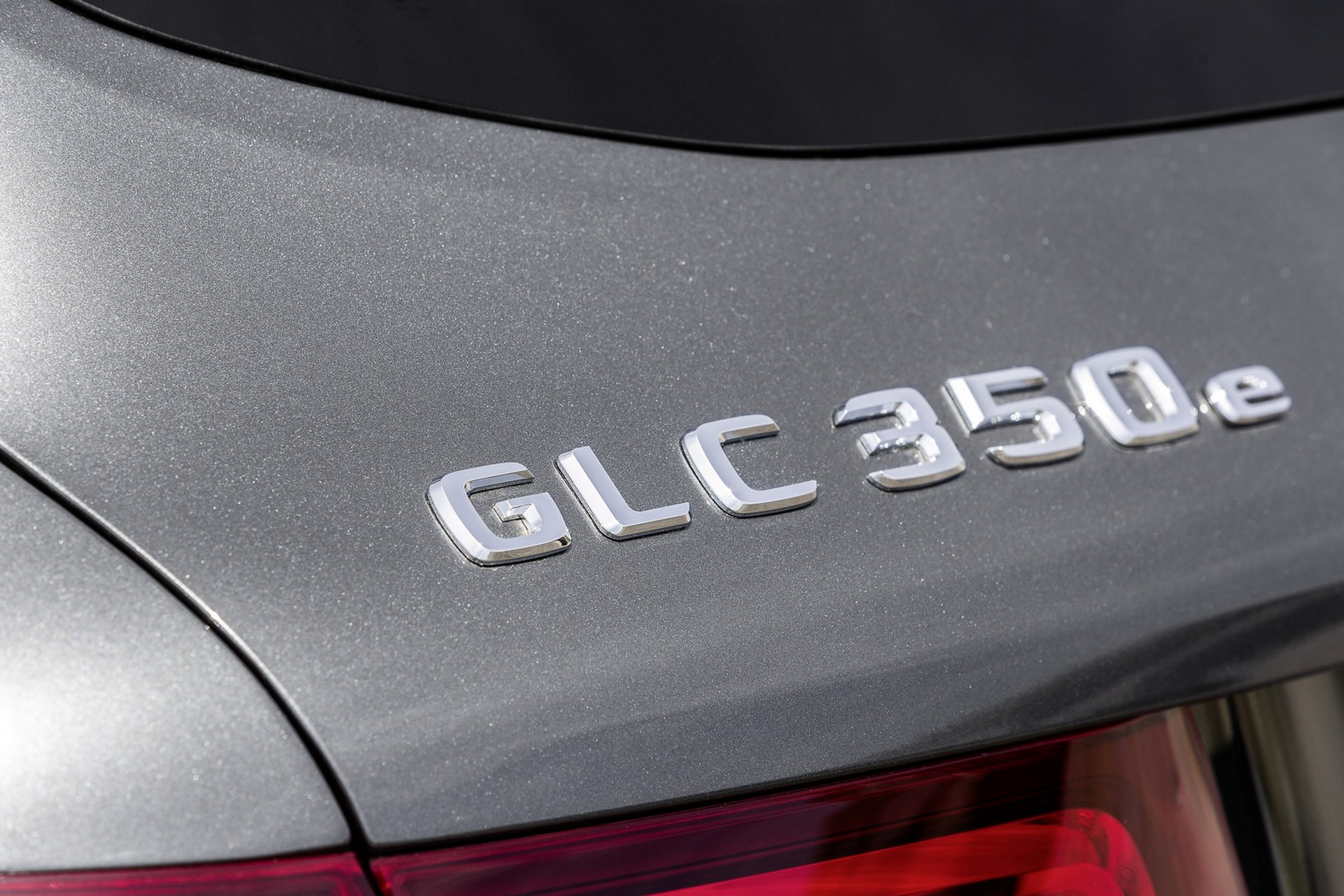
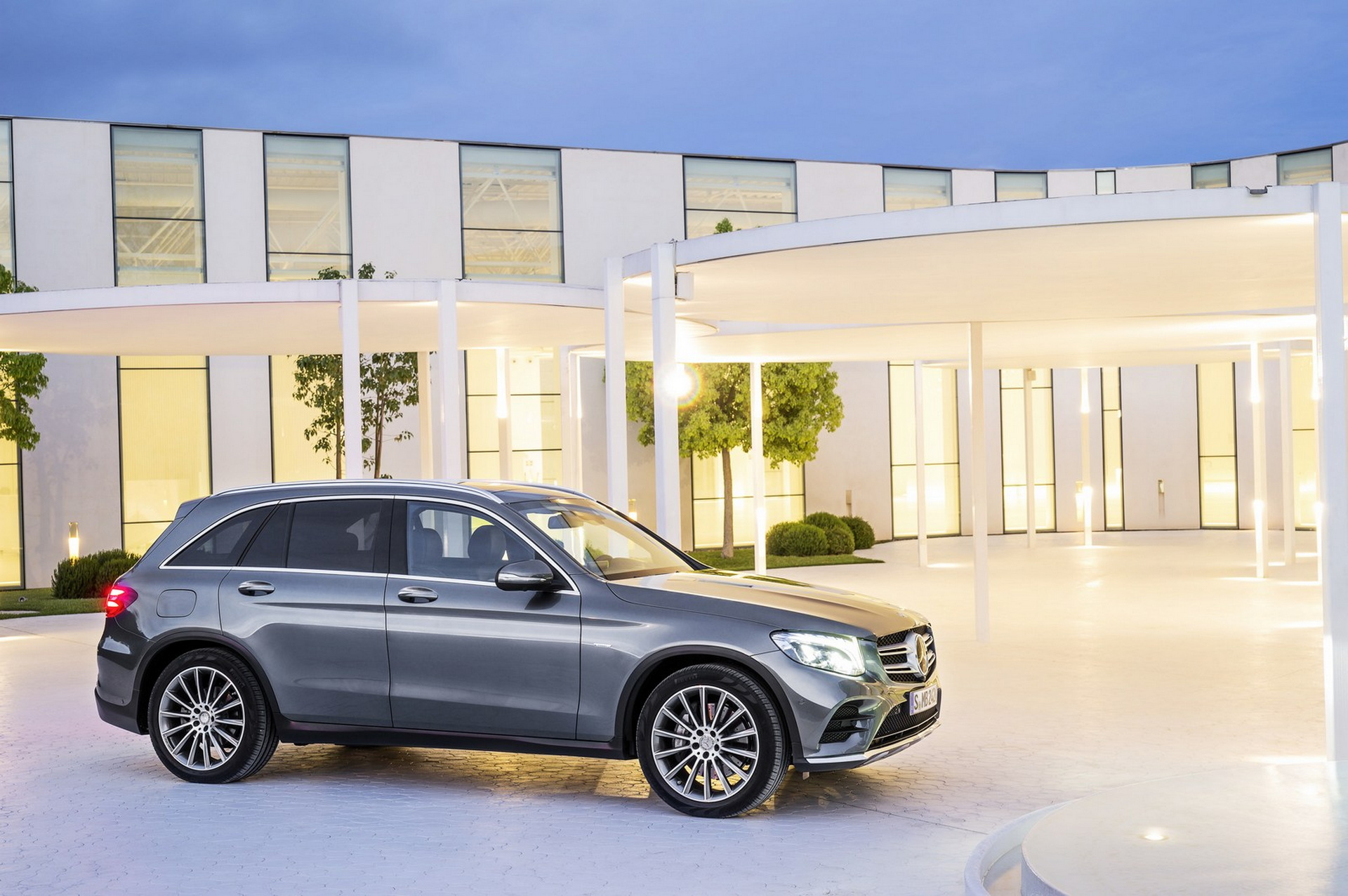
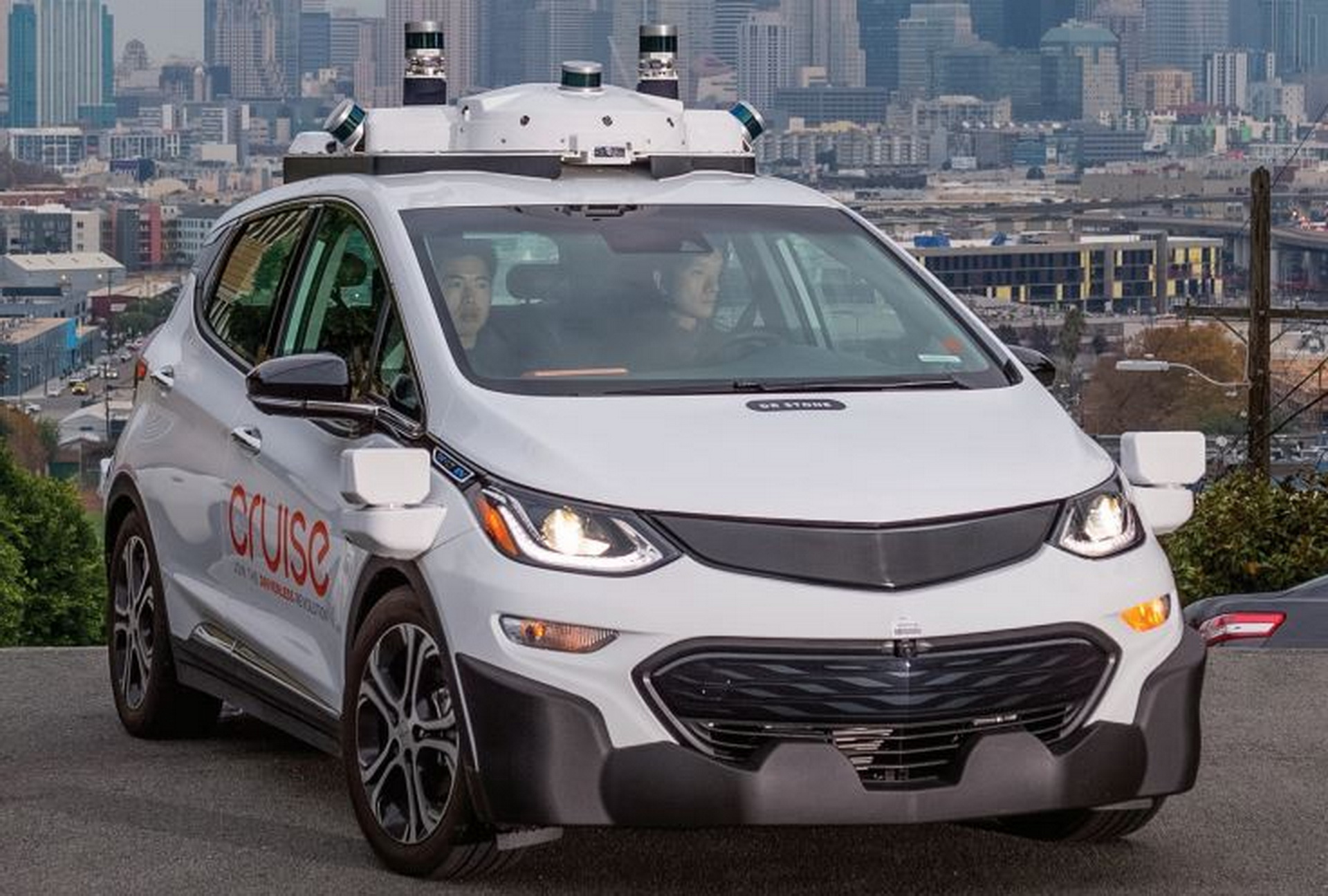
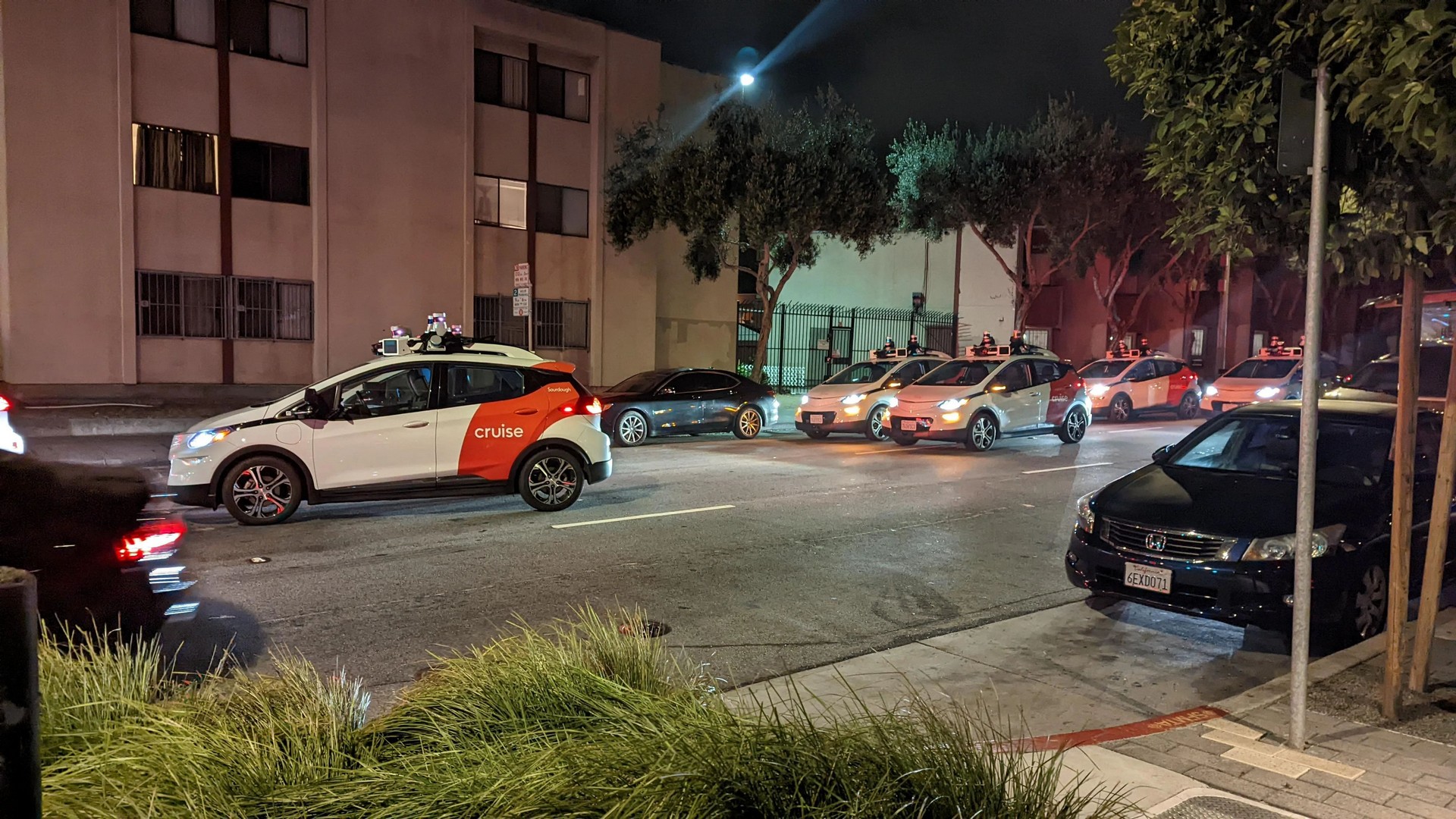
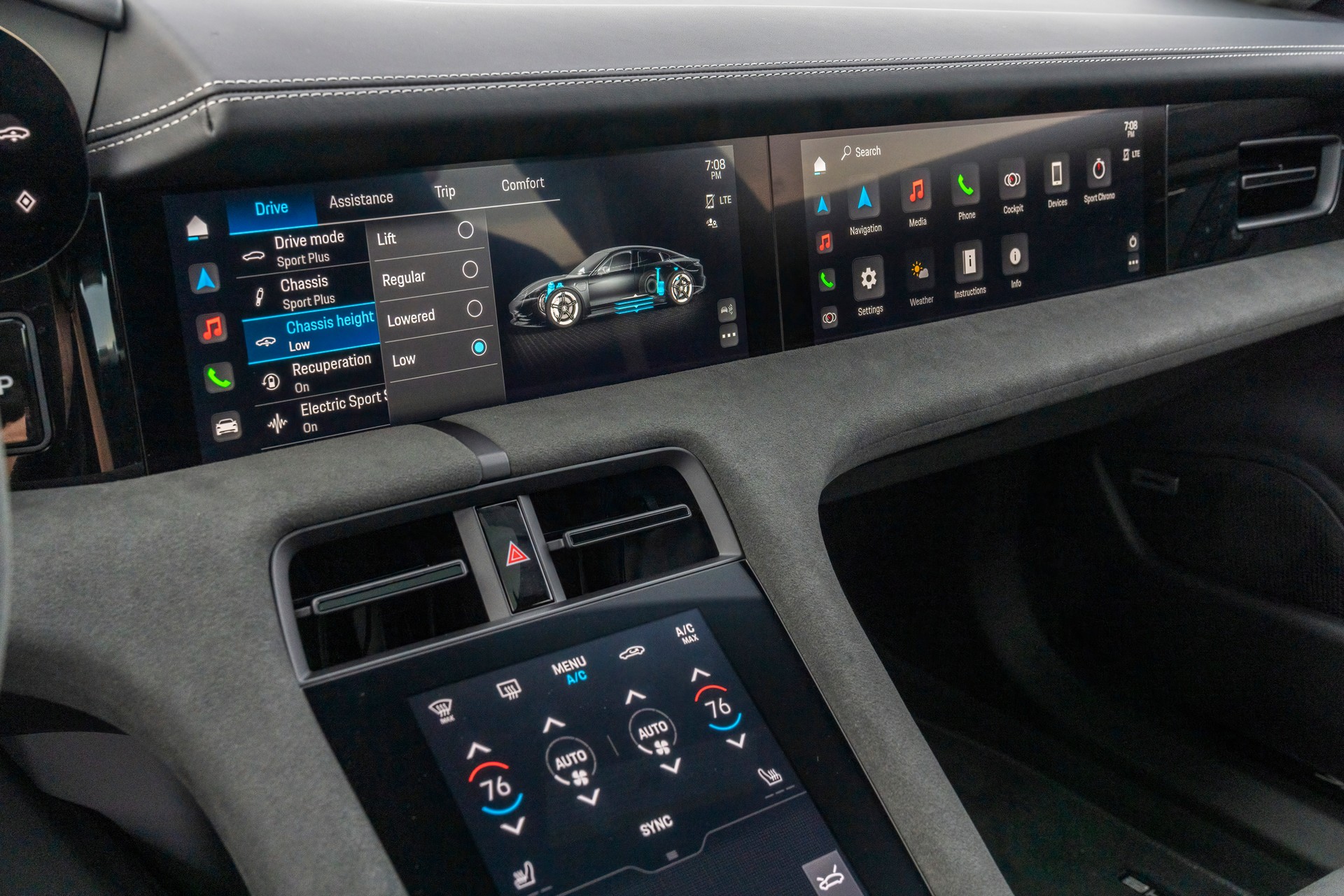





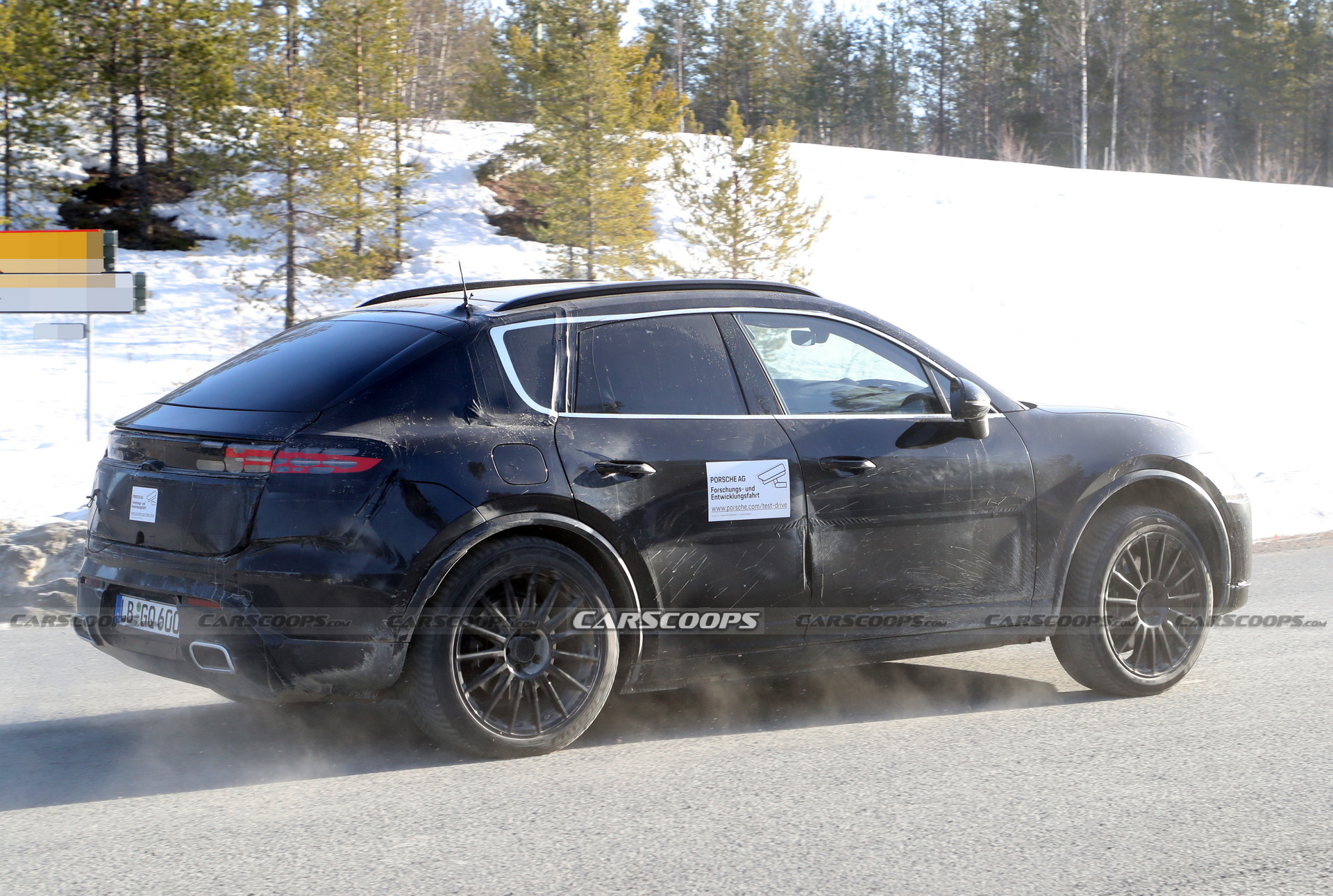


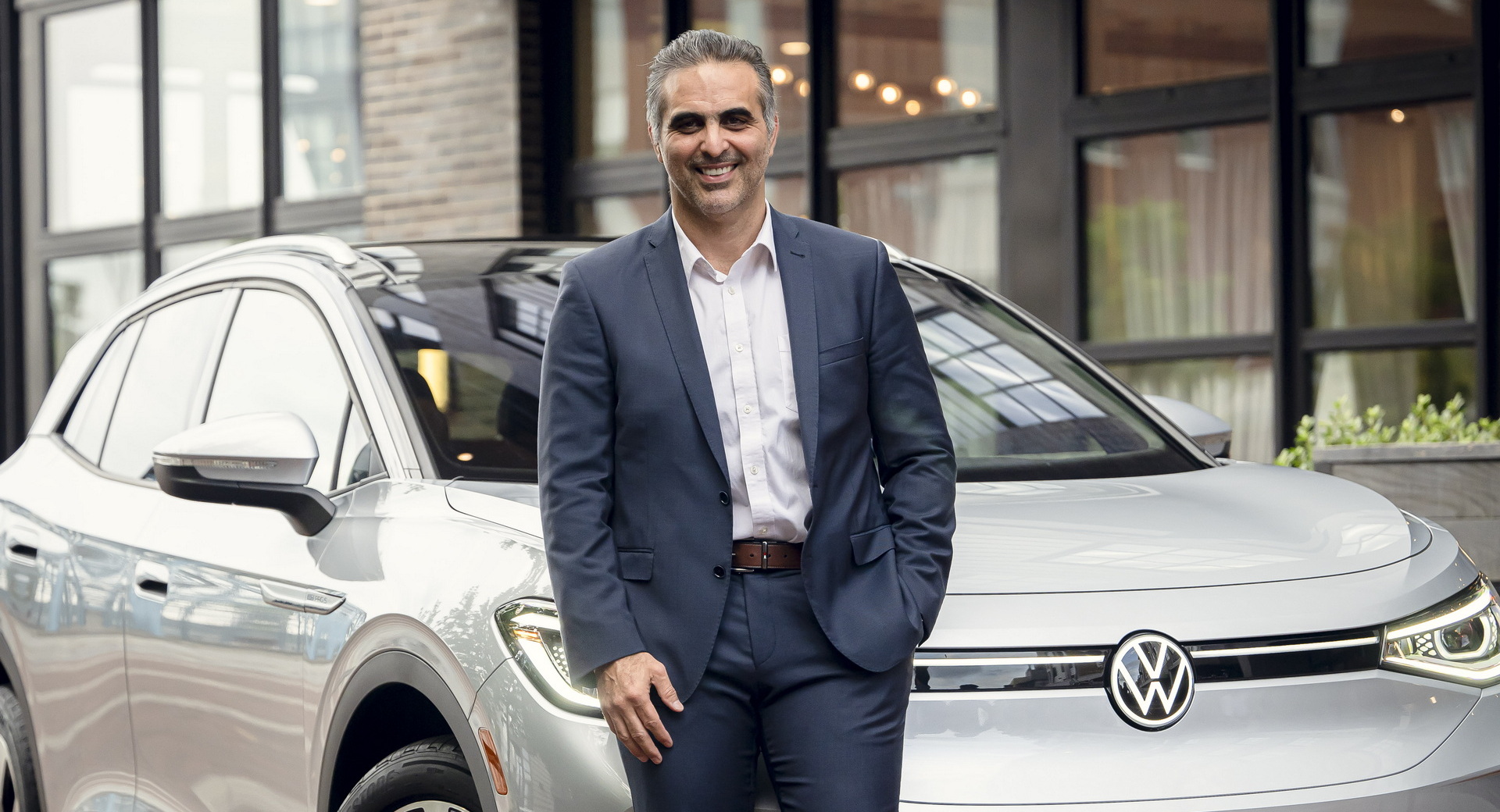
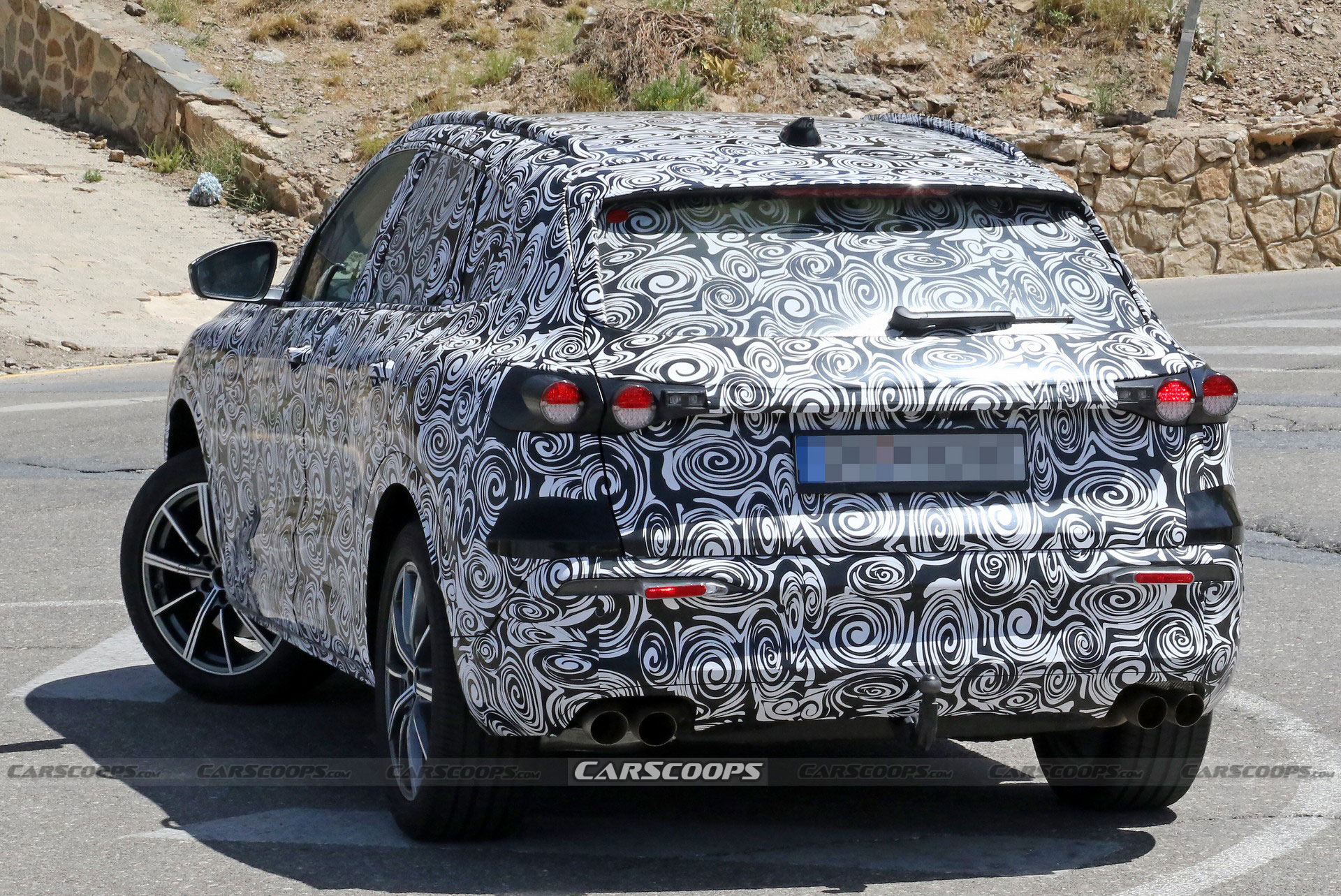





















0 comments:
Post a Comment